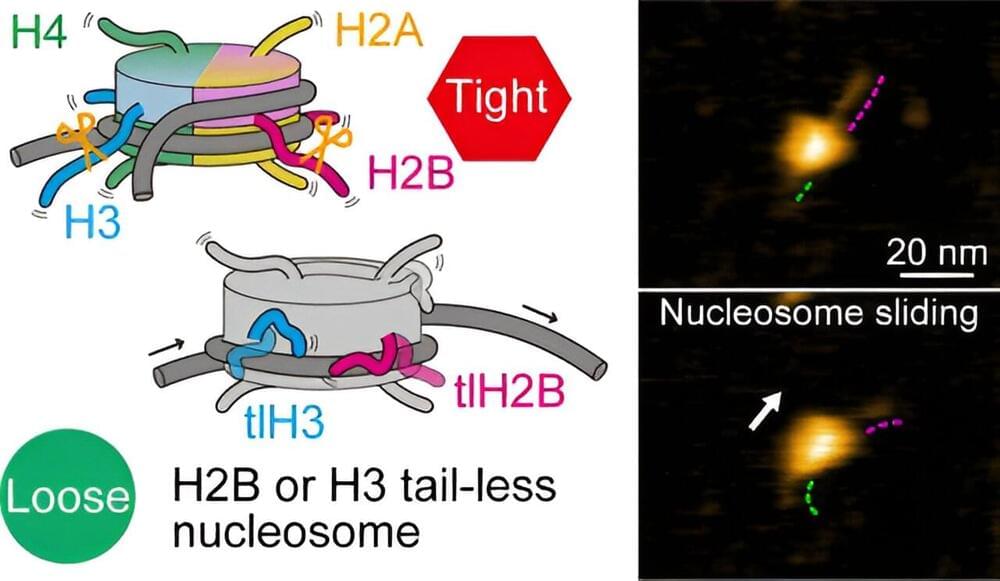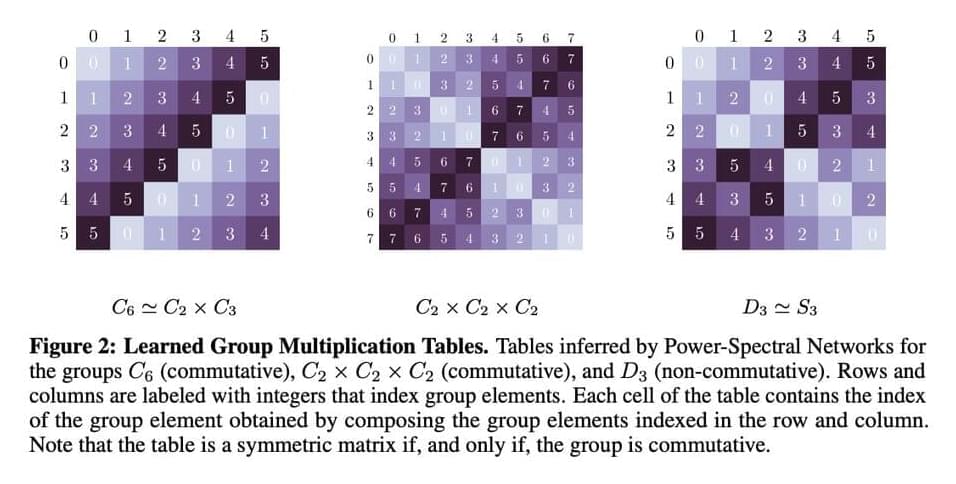In plants and animals, the basic packaging units of DNA, which carry genetic information, are the so-called nucleosomes. A nucleosome consists of a segment of DNA wound around eight proteins known as histones.


In an important step toward more effective gene therapies for brain diseases, researchers from the Broad Institute of MIT and Harvard have engineered a gene-delivery vehicle that uses a human protein to efficiently cross the blood-brain barrier and deliver a disease-relevant gene to the brain in mice expressing the human protein. Because the vehicle binds to a well-studied protein in the blood-brain barrier, the scientists say it has a good chance of working in patients.
Everything in the universe may be preordained, according to physics.
By Dan Falk
On the morning of June 28, 1914, a Bosnian Serb student named Gavrilo Princip stood outside Moritz Schiller’s delicatessen near the Latin Bridge in Sarajevo. Sometime after 10:45 A.M., a motorcade carrying archduke Franz Ferdinand, heir to the throne of Austria-Hungary, passed within meters of Princip, who drew his 0.38-caliber pistol and fired. One bullet struck the archduke in the neck. He was rushed to the military governor’s residence for medical treatment, but by 11:30 A.M. he was pronounced dead.
Quintessence.
Dive into the cosmic mystery of dark energy with the groundbreaking findings from DESI! Explore how the largest-ever 3D map of the universe challenges our understanding of dark energy and hints at a dynamic cosmos. Discover what this means for the fate of the universe and how it could reshape our view of the cosmos. Join us as we unravel the secrets of the dark universe in this exciting episode!
Chapters:
00:00 Introduction.
01:25 Unveiling the Universe with DESI
03:40 Challenging the Constancy of Dark Energy.
05:54 Implications for Cosmology.
08:05 Outro.
08:29 Enjoy.
Best Telescopes for beginners:
Celestron 70mm Travel Scope.
https://amzn.to/3jBi3yY
Celestron 114LCM Computerized Newtonian Telescope.

Artificial neural networks (ANNs) show a remarkable pattern when trained on natural data irrespective of exact initialization, dataset, or training objective; models trained on the same data domain converge to similar learned patterns. For example, for different image models, the initial layer weights tend to converge to Gabor filters and color-contrast detectors. Many such features suggest global representation that goes beyond biological and artificial systems, and these features are observed in the visual cortex. These findings are practical and well-established in the field of machines that can interpret literature but lack theoretical explanations.
Localized versions of canonical 2D Fourier basis functions are the most observed universal features in image models, e.g. Gabor filters or wavelets. When vision models are trained on tasks like efficient coding, classification, temporal coherence, and next-step prediction goals, these Fourier features pop up in the model’s initial layers. Apart from this, Non-localized Fourier features have been observed in networks trained to solve tasks where cyclic wraparound is allowed, for example, modular arithmetic, more general group compositions, or invariance to the group of cyclic translations.
Researchers from KTH, Redwood Center for Theoretical Neuroscience, and UC Santa Barbara introduced a mathematical explanation for the rise of Fourier features in learning systems like neural networks. This rise is due to the downstream invariance of the learner that becomes insensitive to certain transformations, e.g., planar translation or rotation. The team has derived theoretical guarantees regarding Fourier features in invariant learners that can be used in different machine-learning models. This derivation is based on the concept that invariance is a fundamental bias that can be injected implicitly and sometimes explicitly into learning systems due to the symmetries in natural data.
Once a buzzword, neuromorphic engineering is gaining traction in the semiconductor industry.
Neuromorphic engineering is finally getting closer to market reality, propelled by the AI/ML-driven need for low-power, high-performance solutions.
Whether current initiatives result in true neuromorphic devices, or whether devices will be inspired by neuromorphic concepts, remains to be seen. But academic and industry researchers continue to experiment in the hopes of achieving significant improvements in computational performance using less energy.


Prof Roberto Maiolino, an astrophysicist at the University of Cambridge, and a member of team behind the observations, said: “One problem that we have in cosmology is explaining how these black holes manage to grow so big. In the past we have always talked about gobbling matter very quickly or being born big. Another possibility is that they grow very fast by merging.”
Until now it was not clear whether the merging of galaxies – which is known to have happened – would also result in the black holes at the centres morphing into a single cosmic sinkhole. Recent models have suggested that one of them would be kicked out into space to become a “wandering black hole”
The latest observations use the Webb telescope’s ability to get to the far reaches of the cosmos and so have provided the first glimpse of galactic mergers in the distant past.
The paradigm shift of artificial superintelligence (ASI) is imminent, promising unprecedented possibilities and profound perils for society.
Ten predictions for 2035 to reshape society, from AI and AGI to breakthroughs in brain-computer interfaces, living movies, and climate tech.